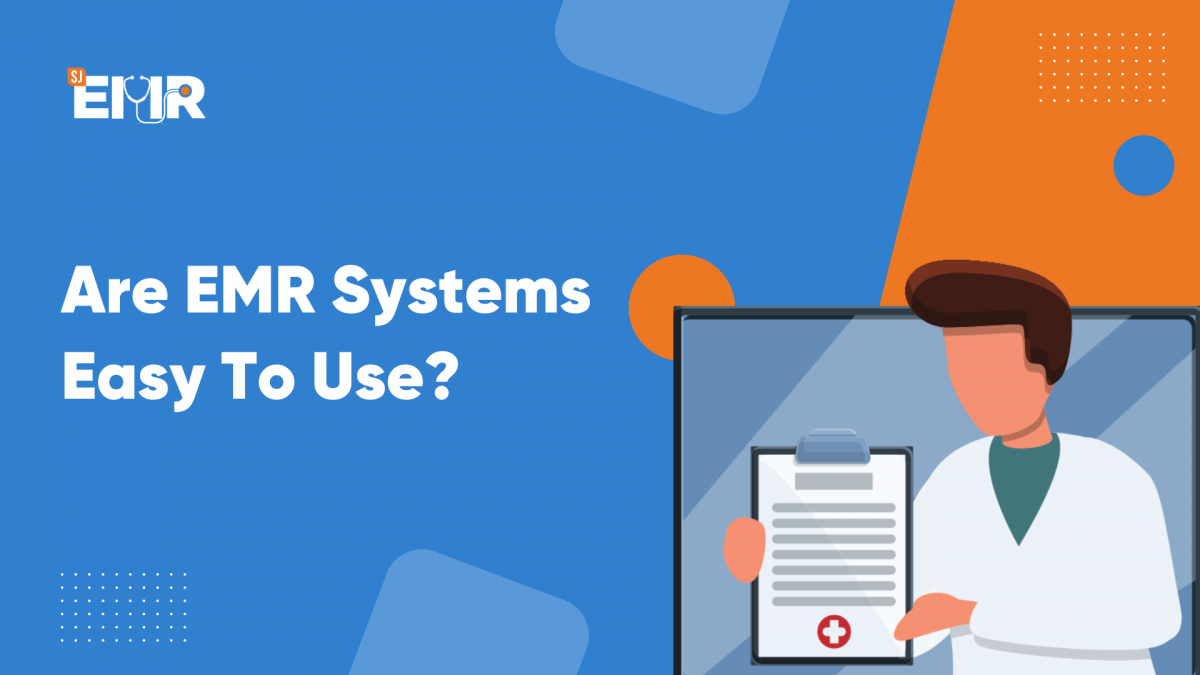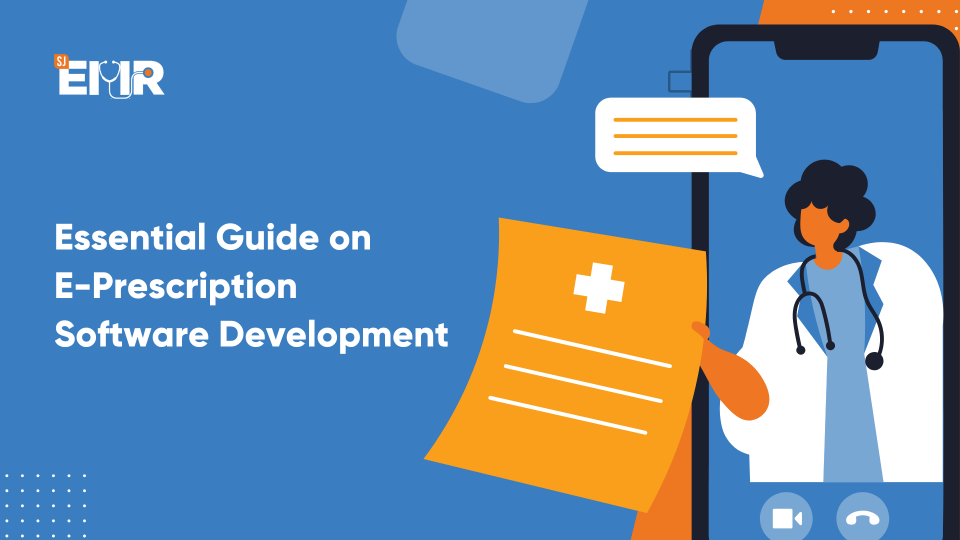Are EMR systems easy to use?

Potential of EMR System in Bangladesh
September 2, 2022
SJ EMR’s CDSS Module! Why is it the Future of Patient Care and How Is it Empowering Doctors?
March 13, 2023EMRs (Electronic Medical Records) are taking the medical world by storm these days. After all, it has revolutionized the way patient records are gathered, stored, and processed. You no longer need to hunt through stacks of documents in dusty filing cabinets or depend on tedious delivery processes. As of 2021, nearly 9 in 10 US office-based physicians adopted an electronic health record — allowing for better, streamlined workflows and a variety of cost and management benefits that follow.
But what exactly do they do? How do EMRs benefit? And what are the pros of using EMRs? Well, let’s figure it out, shall we?
What are EMRs all about?
Put simply, EMRs are the digital equivalent of paper charts at a clinician’s office. These digital records come with general medical data such as medical history and treatment of a patient as the individual medical practice collects them. With EMR software, tracking patient data for prolonged periods of time becomes easy.
Multiple healthcare providers can also easily track medical records seamlessly. Since EMR records are universal, patients only require one electronic chart that can be accessed by any physician or facility. This in turn boosts the quality and safety of care.
EMRs help recognize the patients that require preventive checkups and keep a watch on patient needs such as blood pressure readings and vaccinations. They offer physicians effective and accurate care.
Safely prescribing medications for patients online also becomes easy.
The upside of using EMR systems
High-quality documentation managed seamlessly
With an EMR system, it’s easier to keep track of high-quality documentation as well as retrieve it whenever necessary. According to a Malawi study in 2017, it was found 76% of health workers preferred to work in healthcare setups that had EMR systems installed which was proof of the fact that the system was seamless and stress-free to use. 77.8% of respondents also agreed that the electronic healthcare data management system was more accurate which made it quicker to serve patients.
Reading errors for medications minimized
Paper-based prescriptions have an 18.5% reading error for the actual medication. Besides this, these prescriptions also have a lack of patient confidentiality as well as privacy owing to unauthorized users who can access information seamlessly.
- A weak EMR program and data system functioning can cause plenty of medical errors globally.
- According to findings from North Carolina, one in seven Medicare patients suffered consequences and 63% of the distress was connected to hospital medical care.
- 44% of the medical care errors could be avoided if the EMR system installed was utilized enthusiastically by healthcare professionals.
EMR systems enhance effectiveness and promptness
EMR systems are being automated and used in healthcare systems to enhance timelines, data management, efficiency, decision-making, and quality of healthcare. As a result, you can quickly locate all of the required details in one place and can be more proactive and prompt with your next course of action.
Other benefits:
Besides offering accurate and complete information about patients at various stages of the treatment process, EMR systems also:
- Make it easy to safely share electronic information with patients and other physicians.
- Enhance data security and simplify data backup and recovery.
- Minimize costs by enhancing safety, reducing paperwork, and duplication of testing.
- Offer round-the-clock support
All of these features help clinicians diagnose and treat patients proficiently, offer safer care, and minimize medical errors.
Is an EMR system easy to use?
Once you get a hang of how the EMR system works, using it won’t be an issue. Here are a few tips if you struggle with making the transition from a paper-based charting system to an EMR system.
After you finalize the EMR system you are going to use:
- Set up login credentials
- Check out the EMR system and recognize which areas you will be using frequently and get to know those features well.
- Follow the free tutorial/demo that is usually available on the company’s website.
Once you get acquainted with the system, you can identify other features that can help you stay more efficient and productive in your medical proceedings.
Other ways to incorporate EMR systems in your medical setup
Focus on a more patient-centric approach
Rather than being computer-centric, focus more on the patient. Keep a watch on how much time you pay attention to the computer. Remember, both computer use and interacting with your patient need focused attention. Make sure you focus on non-relevant clinical information too.
Take the time to look at your patients
Give your patients your undivided attention especially when you first interact with them and when talking about sensitive issues.
Always keep interacting with your patient
Even while entering data into your record, carry on interacting with your patient. When talking about data, point to the screen and describe the results to the patient. This can include certain laboratory values and where they fall under the normal range. Keep your patient informed about what you are doing as you are doing it before using the EMR system.
Motivate your patient to be a part of building their patient chart
Before you make notes in the documentation system, make sure they actively participate. For instance, when talking about previous tests, you can show them a trend of your results that could be useful. These strategies instil trust and enhance the patient-physician bond. It also helps the patient show more confidence in the treatment plan.
Use the EMR system wisely
Review the list of issues, concerns, and previous notes before meeting with your patient to better effectiveness and improve patient satisfaction.
Consider using templates for maintaining records
Many EMR systems come with documentation templates or they offer you an opportunity to create your own. Using an EMR system can greatly minimize the time needed to chart for findings, patient visits, and referrals.
Be patient and consistent
Gradually, as you move ahead and use the EMR system, you will improve your browsing speed and accuracy, screen-scanning speed, and use decision support proficiently. As a result, you can also enhance clinical effectiveness.
So there you have it! EMR systems are easy to use when you choose the one that works for you best. You can check out the features that come with SJ EMR — a digital platform made solely for hospitals and clinics looking to keep a digital record of treatment and diagnosis.




